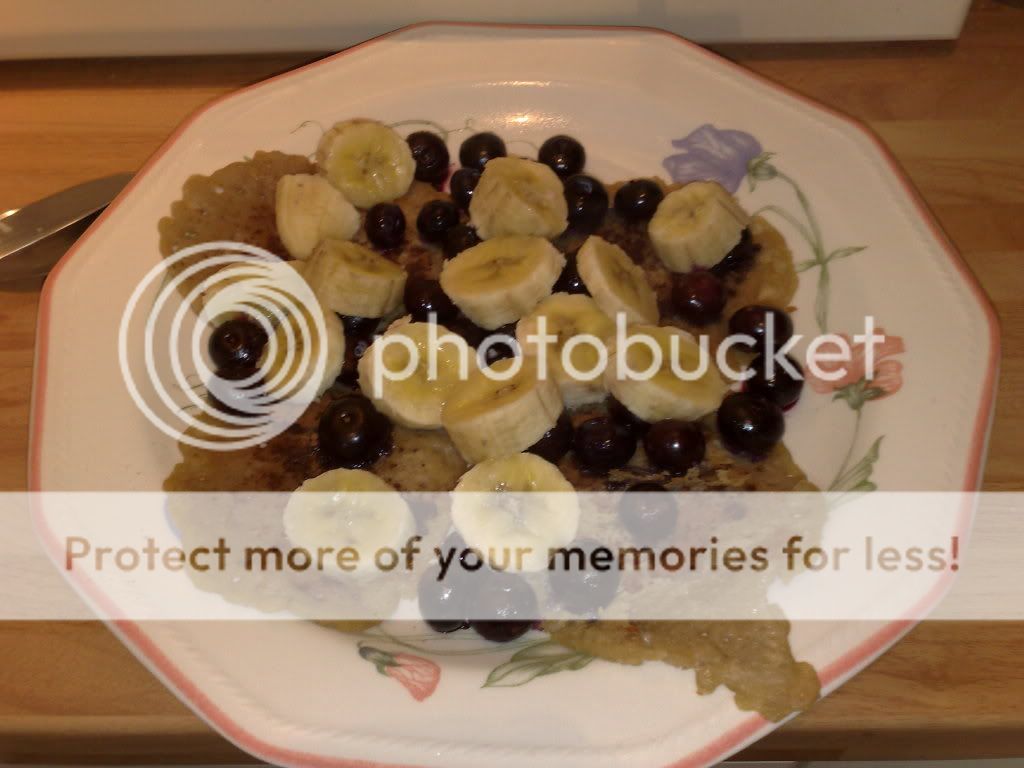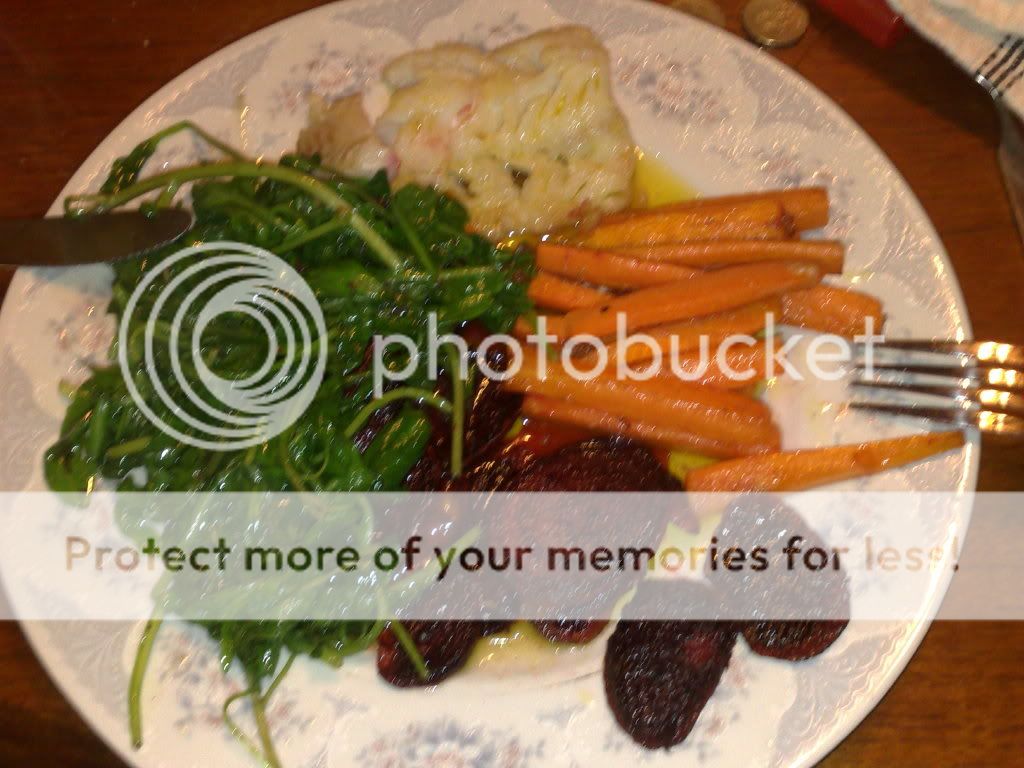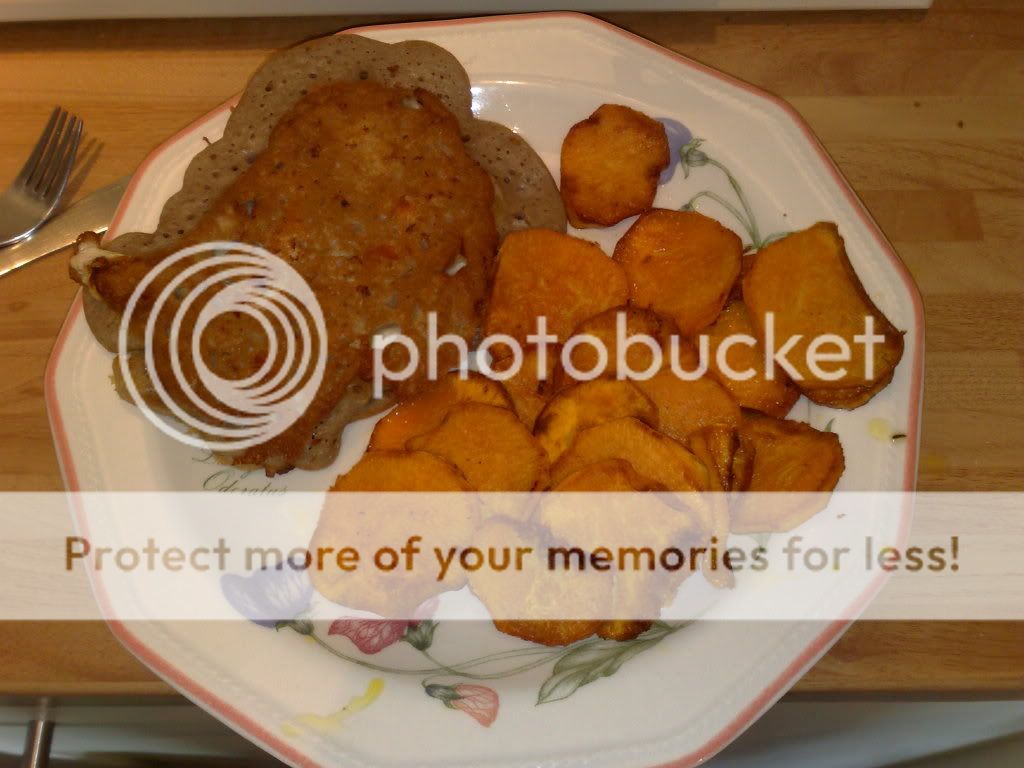Buckwheat pastry
The pastry is based on a recipe provided by Barbara’s Kitchen in The AiA Gluten and Dairy Free Cookbook. At the bottom of the page it is stated as being ‘a really easy, tasty pastry … as easy to handle as traditional pastry, can be rolled thinly without having to be placed between parchment paper and doesn’t crumble or break.’
I found that this is correct even when using buckwheat flour only. (The flours in the original recipe were a mix of rice, tapioca starch and potato (the original also used dairy free Margarine and Xanthan gum).)
Ingredients:
1 1/2C (240g organic) Buckwheat flour
1/4tsp salt
125g butter (cubed and cold), or (Variation 1)* Lard (cubed and cold) (approx 1/2C plus 1tbsp)
1 large egg, beaten, or (V1, V2)* 1/4C (62.5ml) iced water
1tsp (5ml) cider vinegar, or (V3)* 1tsp (5ml) iced water
3tbsp (45ml) iced water
*see below
Method:
Place the butter or lard (fat) in the freezer for 15mins to get really cold.
In a large bowl, mix the flour and salt, lifting into the air to aerate the flour.
Take the fat out of the freezer, cut into cubes and toss into the flour mix. You need to work confidently and quickly, with light fingertips, pressing the fat gently together in the flour mix, and lifting the flour to aerate it. ‘Rubbing in’ this way will avoid coating more flour grains than necessary, thus allowing the flour to absorb sufficient water to make the pastry work. If the fat is allowed to melt (from being too warm and from warm hands, it will be slightly oily) the resultant pastry will be tough, as will be the result of adding too much water. The ‘rubbed in’ flour with evenly distributed fat will look crumbly, although as there is a lot of fat it will start to bind together into larger pieces. This is acceptable.
In a small bowl, lightly beat the egg with the cider vinegar and iced water.
Stir the egg (or water) mix into the ‘rubbed in’ flour using a flat knife to cut, stir, and bring the pastry together. When it looks as if it is all evenly distributed use your hands to bring the pastry together into a ball, cleaning up the bowl as you go along. It will seem impossible at first, looking too dry, but it does come together even if you have to make more than one ball to do it, and combining them. The resultant ball of pastry is sticky, more so than traditional pastry would be.
Knead the ball of pastry for 2-3mins with a little buckwheat flour.
Cut the ball into two portions, (the size depending on requirements), flatten, then cover each portion of pastry with clingfilm and place in a fridge for 1 hr (it makes the pastry less elastic and easier to roll). At this stage it can be frozen too.
On removal from the fridge, knead the pastry a little with the heel of the hand.
Preheat the oven to 220C, 425F, G Mk 7.
Lightly flour the pastry board (worktop, etc), the rolling pin, and on the top of the pastry. Roll the pastry with light, gentle, even pressure. After each roll turn the pastry a quarter turn until you get the desired size, thickness and shape. Keep adding flour to the pastry board and top of the flour as required, as well as when the pastry starts to stick to the rolling pin. It will seem as if it is getting too dry, it’s OK. This pastry rolls well, and responds to ‘overworking’, ‘over handling’ (re-kneading and rerolling) when compared with traditional floured pastry – it doesn’t go tough on baking. It does shrink (traditional pastry effect of overworking), as with buckwheat batters.
Lightly grease pie tray, muffin tin, pie case, etc and form pastry onto/into it. It handles as well as traditional pastry with either the hands or rolling pin to move it into place. It moulds into deep shapes, such as muffin tins and loaf pans, well (this latter shaping was the original reason for my search for a workable G-F pastry – Scotch Black Bun for New Year celebrations). Very little, if any, jigsawing (fitting in pastry to cover tears, gaps and holes) is required compared with other G-F pastry mixes I’ve tried. Prick the base with a fork, to allow any trapped air to escape, and to keep the base flat.
Bake for 10-12mins, until golden brown (10mins for shallow shapes and may need up to 12mins for deeper shapes).
Comments:
The texture is soft to eat, flaky and cuts well (doesn’t break up) with a knife. It is highly acceptable as a pastry.
*Variation 1 – Lard – used for savoury pies to give the ‘right flavour’, and absorbs the meat juices without leaking through, is ‘shorter’ and is said to be flakier. It does not require an egg; needs less water for mixing than butter, but butter contains 15% water which lard does not, so it evens out and results in using the same amount as in the original recipe. The ‘pastry ball’ is stickier, relatively wet – or greasy. It requires more flour, more frequently, to roll, is initially stiffer to mould, but on reworking it works well. The cooked pastry has a drier taste, is floury, it is chewy, and not as soft, or as flaky, as the original butter version. It is highly acceptable as a pastry.
*Variation 2 – no egg. The pastry ball is sticky and tacky. It rolls and moulds well. The baked pastry is crunchier than, not as soft as, the original egg version, and yet cuts well. It is acceptable as a pastry. (An egg equivalent version using ground flaxseed was tried, it was a drier mix and difficult to roll and mould – crumbled and broke - ate crisp, and was too flaky – a bit like a delicate puff cracker, breaking and crumbling – not worth bothering with.)
*Variation 3 – cider vinegar replace by iced water. No apparent effect compared with the original version. It is highly acceptable as a pastry.
Take your pick of the recipes and enjoy. :)




